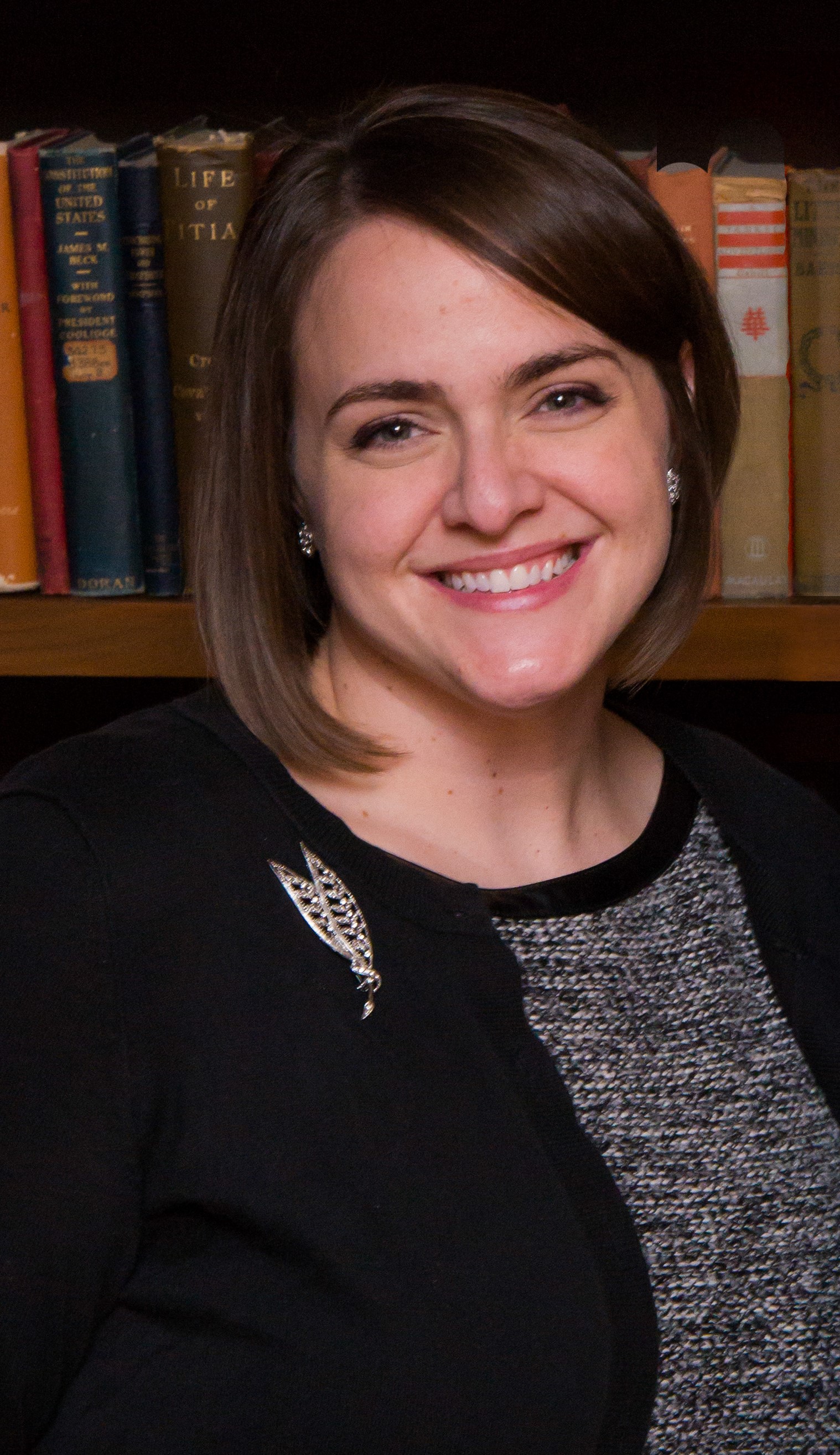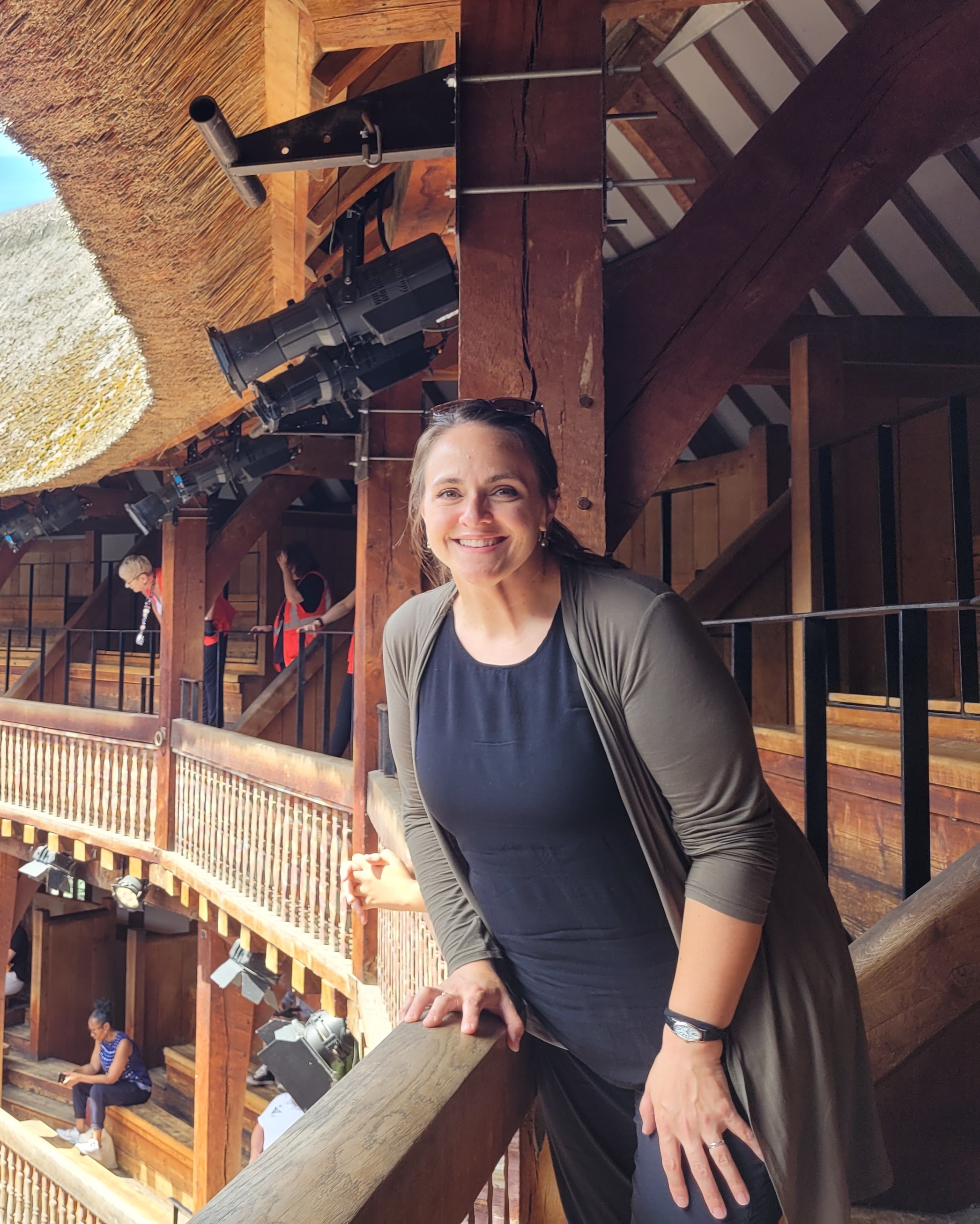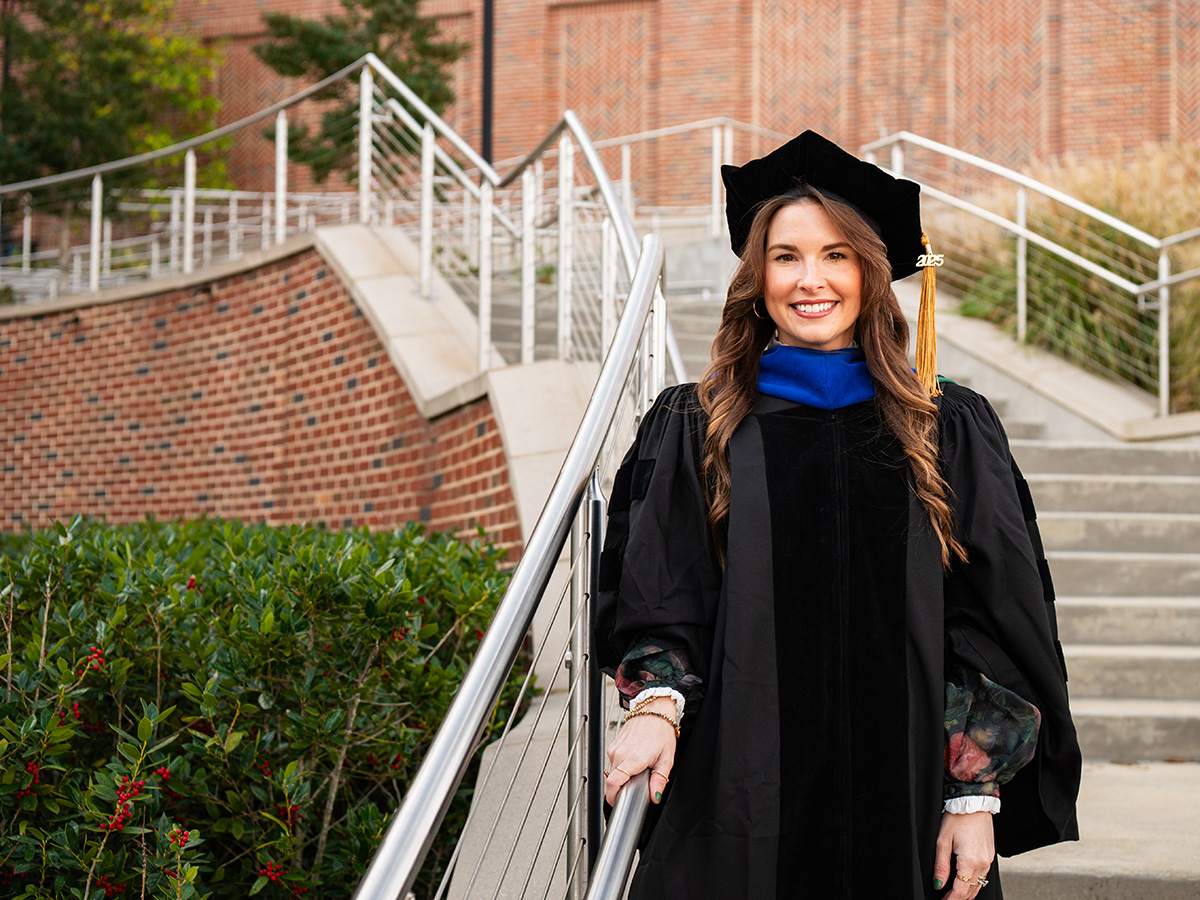 This past fall, Jill Clements, Ph.D., associate professor of English and co-director of the University of Alabama at Birmingham’s Ancient, Medieval, and Renaissance Studies (AMRS) minor, delivered a public lecture titled “The Walking Dead: Revenants & Vampires in Medieval Iceland” at the University of West Georgia in Carrollton. This was part of West Georgia’s “The Other Night School” series, and this specific event welcomed local attendees for a deep dive into medieval folklore, death rituals, and haunting Icelandic sagas.
This past fall, Jill Clements, Ph.D., associate professor of English and co-director of the University of Alabama at Birmingham’s Ancient, Medieval, and Renaissance Studies (AMRS) minor, delivered a public lecture titled “The Walking Dead: Revenants & Vampires in Medieval Iceland” at the University of West Georgia in Carrollton. This was part of West Georgia’s “The Other Night School” series, and this specific event welcomed local attendees for a deep dive into medieval folklore, death rituals, and haunting Icelandic sagas.
Referencing material from Clements’ fall course on monsters in literature, this talk explored supernatural figures across texts from medieval Scandinavia. A central focus of both the class and the lecture was Eyrbyggja Saga, an Icelandic narrative filled with stories of the undead—known as draugr/draugar (plural)—who return from the grave not because of curses or infections, but because of strong emotions, unresolved conflicts, or stubborn personalities.
Through detailed cultural examples of posthumous hauntings, Clements connected literature with lived historical practices of Scandinavian people, even highlighting that modern architecture can still be found with “corpse doors”, or as Clements describes, an opening cut into the wall of a house specifically to remove a dead body, and then immediately resealed. They believed that taking a body through the regular door of a house would enable the dead person to return as a draugr, and a resealed corpse door prevented that.
As a leader of the AMRS minor, Clements sees these stories as an opportunity to help broaden students’ understanding of abstract topics—like life, death, and love—through studying how people and cultures in the past understood these topics.

One of her key takeaways from researching Norse revenants is the way medieval people gave meaning to death through story and ritual. Rather than being clinical or removed, death in early medieval European societies was handled within families, and its social and emotional weight was expressed through narratives that blended myth and reality.
Clements hopes that courses like hers, and the broader AMRS minor, will encourage students from across disciplines to explore these rich cultural histories.
“Whether students are drawn in by zombies or medieval law codes, they always walk away with a deeper understanding of human behavior and belief,” said Clements.
For students curious about literature, anthropology, history, or just a good ghost story with academic depth, the AMRS minor offers a compelling way to explore the past and find unexpected relevance in the present. Learn more by visiting the Department of English’s website.


